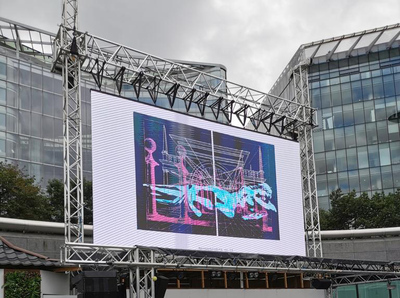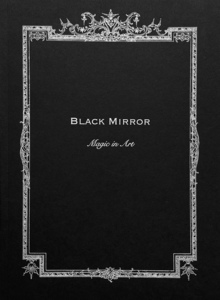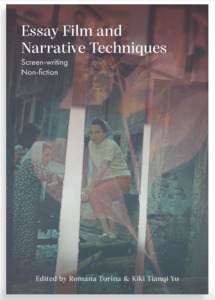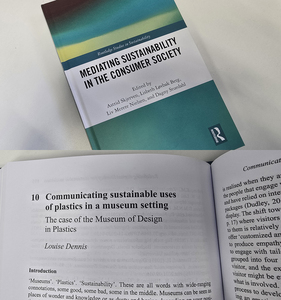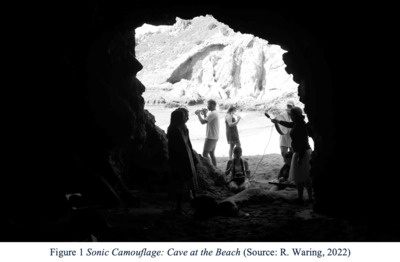The work of ‘regimental artists’ is often derided for being jingoistic, irrelevant and predicated on anachronistic representational strategies rooted in high-Victorian battle painting. Despite their marginal status, a core of professional painters today work regularly for the British armed services to record, and occasionally commemorate, contemporary and past feats of arms, as well as more mundane public service duties such as ceremonial display and ‘Keeping the Army in the Public Eye’ (KAPE) tours. Their work is largely unseen by the non-military public, mainly because it is intended for a closed community of serving soldiers, their families and veterans who are associated with the unit. Yet, as a sizeable contemporary body of artwork, it contributes to the commemorative rhetoric of the British military and employs a number of artists of national standing.
Drawing on the author’s own experiences as a several-times commissioned military artist, this paper is a ‘work in progress’ that examines the work of several painters – including John Ross, Ken Howard and Keith Holmes – who have worked occasionally for the British armed services in the past three decades. But the paper will take as its principal case study the work of painter David Rowlands, commissioned in the 1990s by the Permanent Joint Headquarters (United Kingdom) as their official artist to record the British build-up in the Arabian Gulf, and since then fully employed by units in the British army (and some overseas military units) to paint commemorative works related to active service overseas, largely in Iraq and more recently Afghanistan.
Through an examination of Rowlands’ work, the paper touches upon the formal language of military painting, particularly the tensions between illustration and interpretation, between factual and technical accuracy, and examines the issues of authenticity and historical verity. The paper also touches upon issues of agency and reception, and the stresses between the commissioning process, the independence of the artist as interpreter and broader concerns of testimony and visual authority.
 |



 Lists
Lists Lists
Lists

![4 Gough_gwacs CRARRV drawings.jpg [thumbnail of 4 Gough_gwacs CRARRV drawings.jpg]](https://research.aub.ac.uk/188/3.haslightboxThumbnailVersion/4%20Gough_gwacs%20CRARRV%20drawings.jpg)
![3 gwacs_Gough_CHARRV canvas 2007.jpg [thumbnail of 3 gwacs_Gough_CHARRV canvas 2007.jpg]](https://research.aub.ac.uk/188/4.haslightboxThumbnailVersion/3%20gwacs_Gough_CHARRV%20canvas%202007.jpg)


